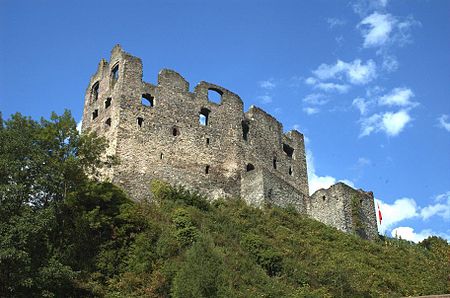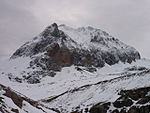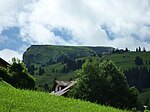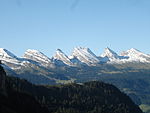Gräpplang Castle
Castles in the canton of St. GallenCultural property of national significance in the canton of St. GallenSwiss castle stubs

Gräpplang Castle is a castle in the municipality of Flums of the Canton of St. Gallen in Switzerland. It is a Swiss heritage site of national significance. Gräpplang is mentioned around the middle of the 13th century as the administrative seat of the Hochstift Chur, pledged to Ulrich von Flums in 1292 and sold to the Tschudi family in 1528, whose descendants remained owners until 1767.
Excerpt from the Wikipedia article Gräpplang Castle (License: CC BY-SA 3.0, Authors, Images).Gräpplang Castle
Gräpplangstrasse,
Geographical coordinates (GPS) Address External links Nearby Places Show on map
Geographical coordinates (GPS)
| Latitude | Longitude |
|---|---|
| N 47.102777777778 ° | E 9.3322222222222 ° |
Address
Gräpplang, bronzezeitliche Höhensiedlung / mittelalterliche Burgruine
Gräpplangstrasse
8892
St. Gallen, Switzerland
Open on Google Maps











